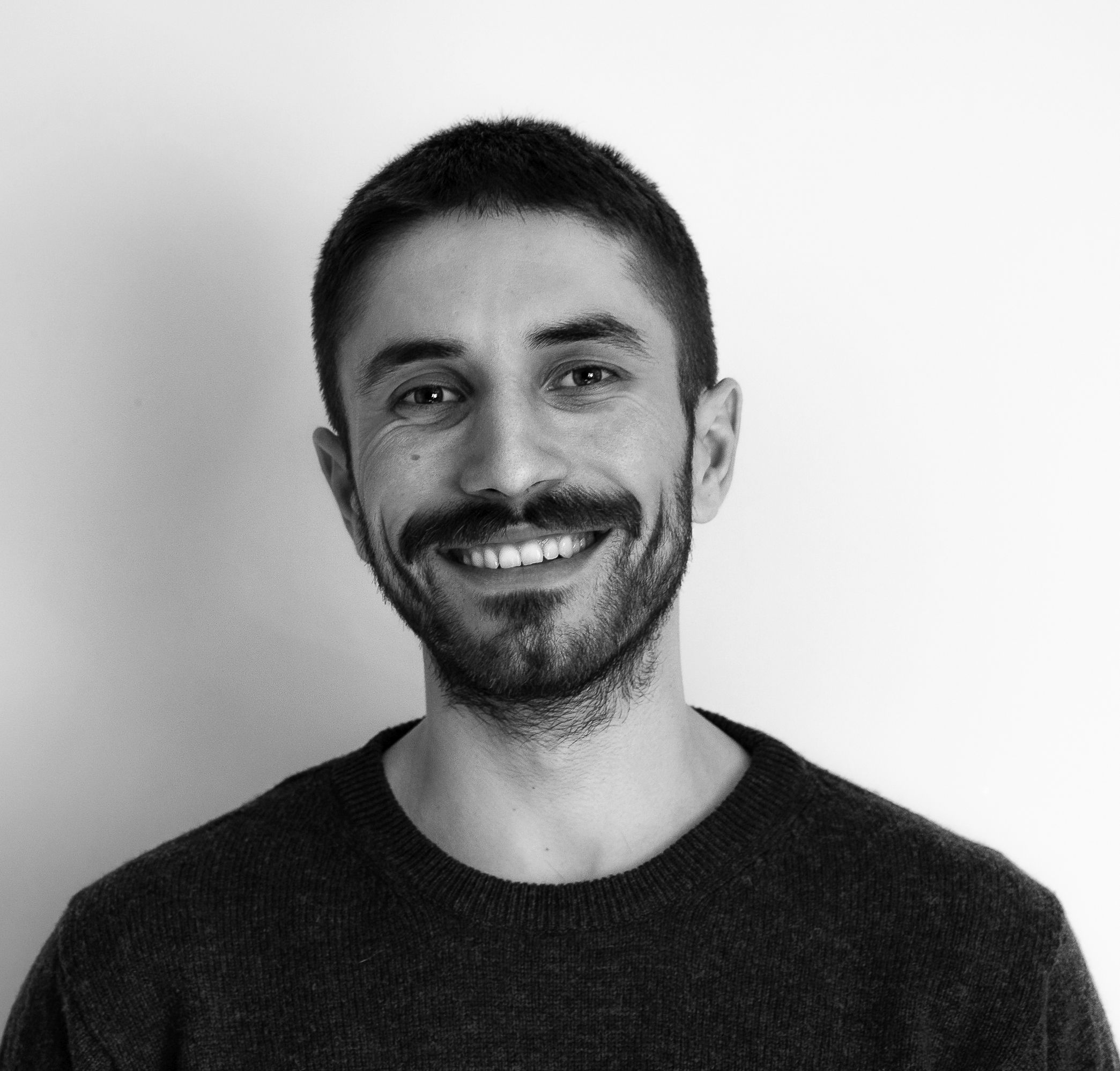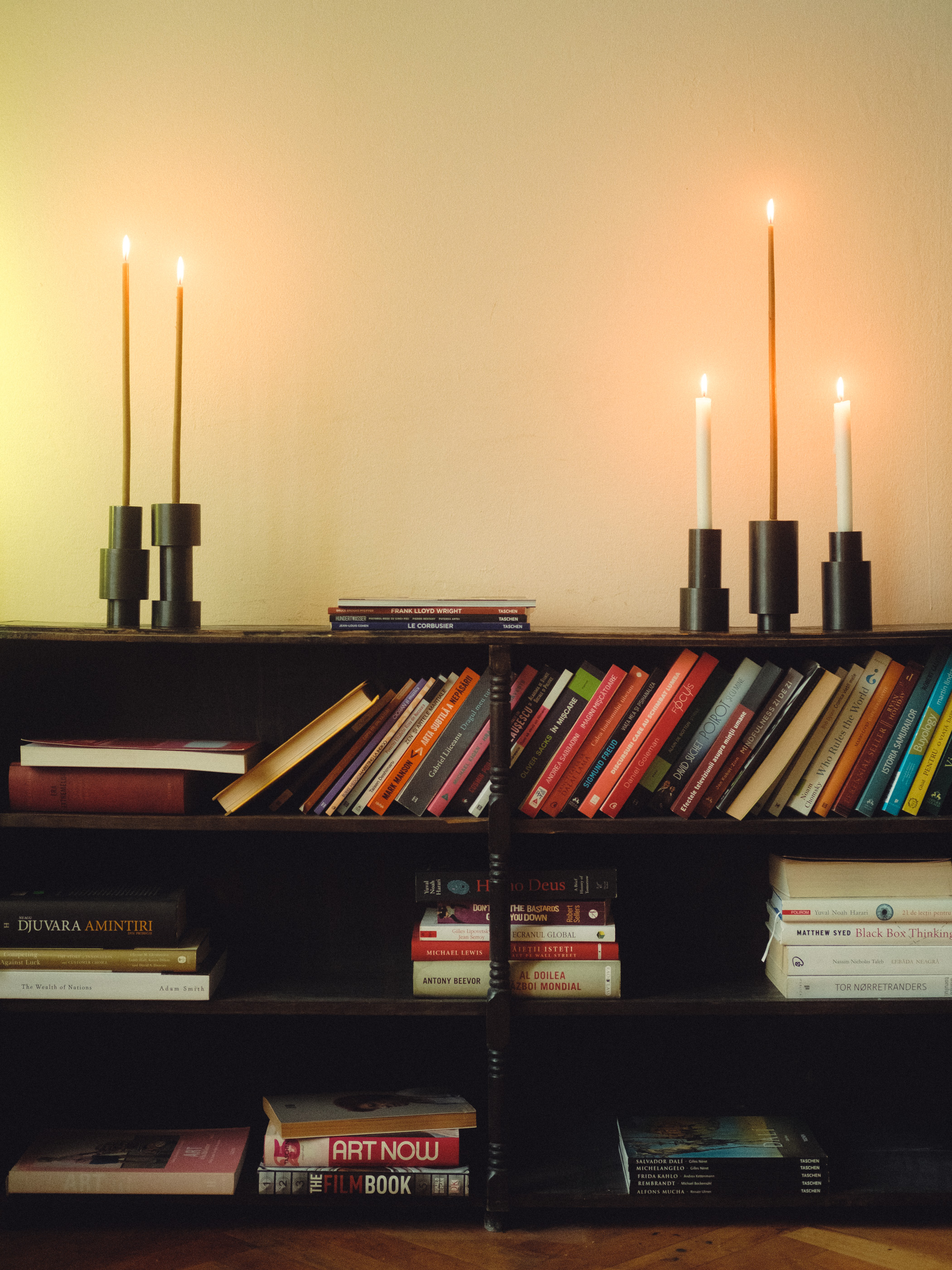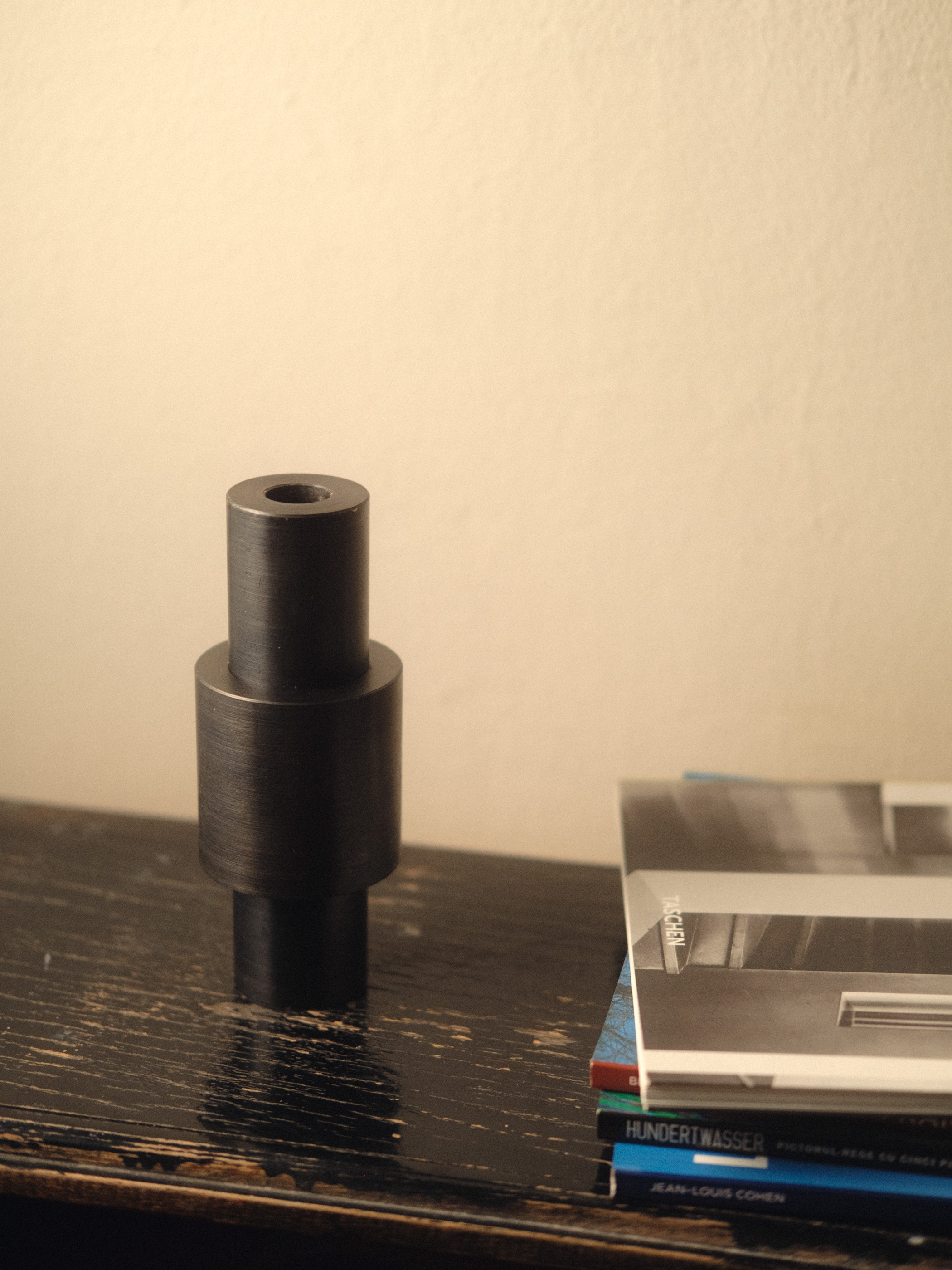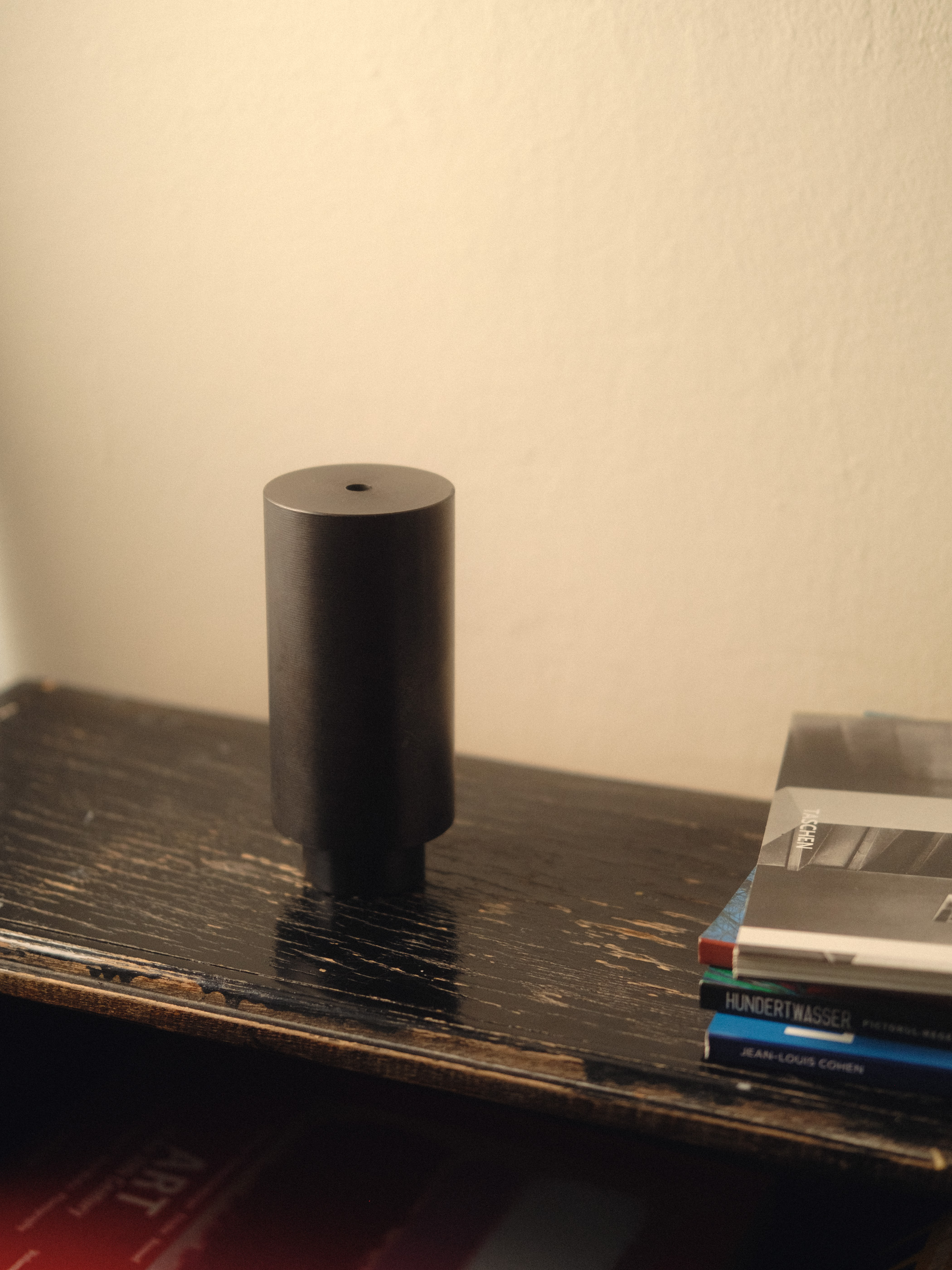A series of candle holders made out of raw, solid steel. Each object is made out of detachable and interchangeable elements that offer the possibility of multiple compositions in which to be used, with more than one type of candle, as well as the possibility to use it as 2 or 3 different smaller candle holders.

Radu is an object designer with an interest in various materials, from wood or metal to glass or plastic, often using diverse combinations between these, in the making of his objects. Being directly involved in the execution process and with the aim to constantly gain more information in matter of technique and material properties, as well as their possibilities and the limitations they have, he developed in time a workflow that goes from idea to sketch and then straight into prototyping.
Slowly, this approach to the creative process got the results of his work, closer to a sculptural area by which Radu now feels more and more attracted to. He has a strong attraction for form, his search often being focused in that direction, leaving the function of his objects secondary. This way, we might be talking about a form of functional sculpture, or a kind of sculptural design, that is still developing throughout the objects he is making.

Steel looking for the light
"Steel looking for the light" is a series of candle holders made out of raw, solid steel. The shapes were worked on lathe, through mechanical processing, then walked through a chemical process in order to reach the black color.

Each object is made out of detachable and interchangeable elements that offer the possibility of multiple compositions in which to be used, with more than one type of candle, as well as the possibility to use it as 2 or 3 different smaller candle holders.


See more of Radu's works and get in contact here.
The future is in the making is an exhibition developed with the support of the Romanian Institute of Culture and Humanistic Research in Venice.
